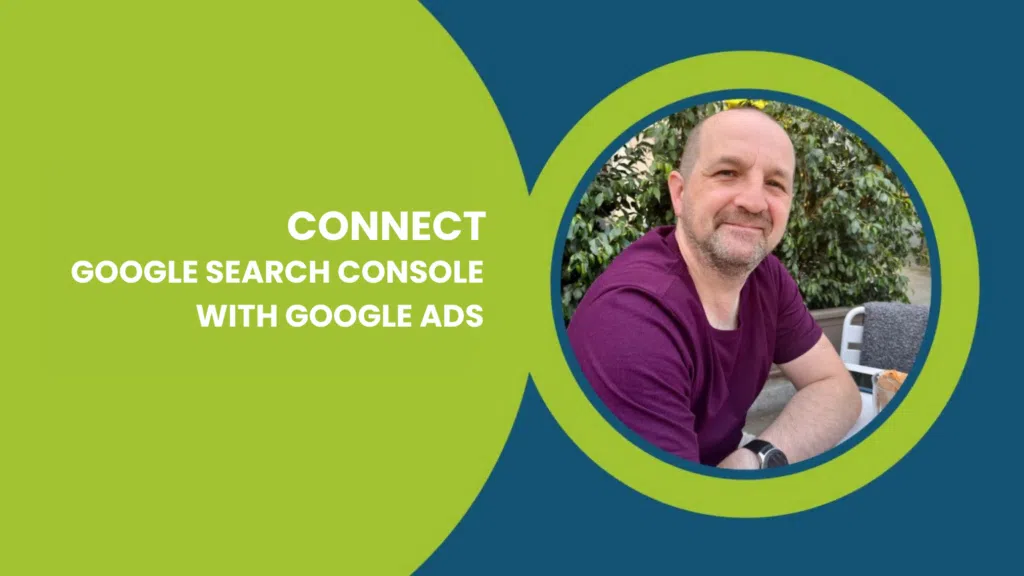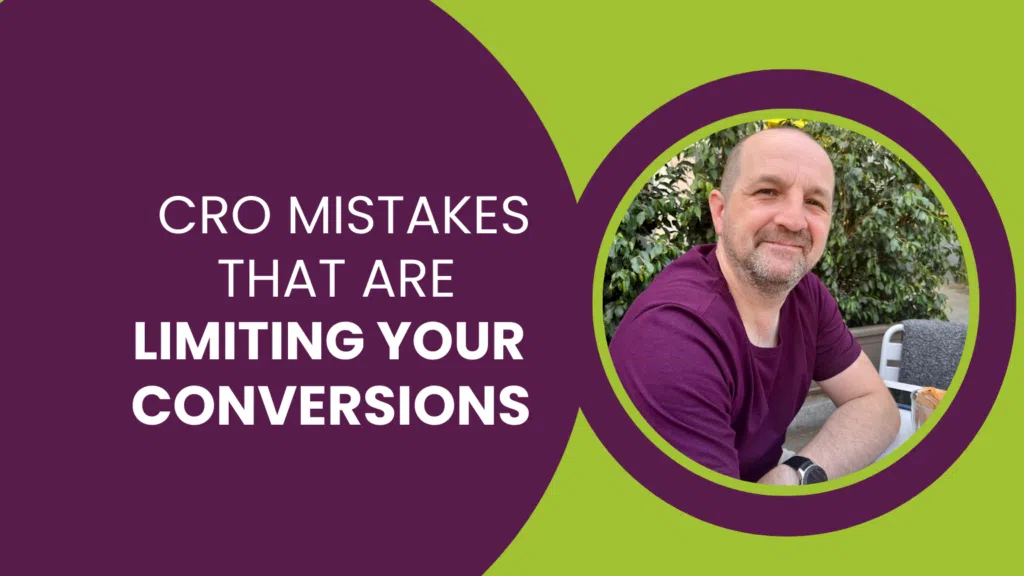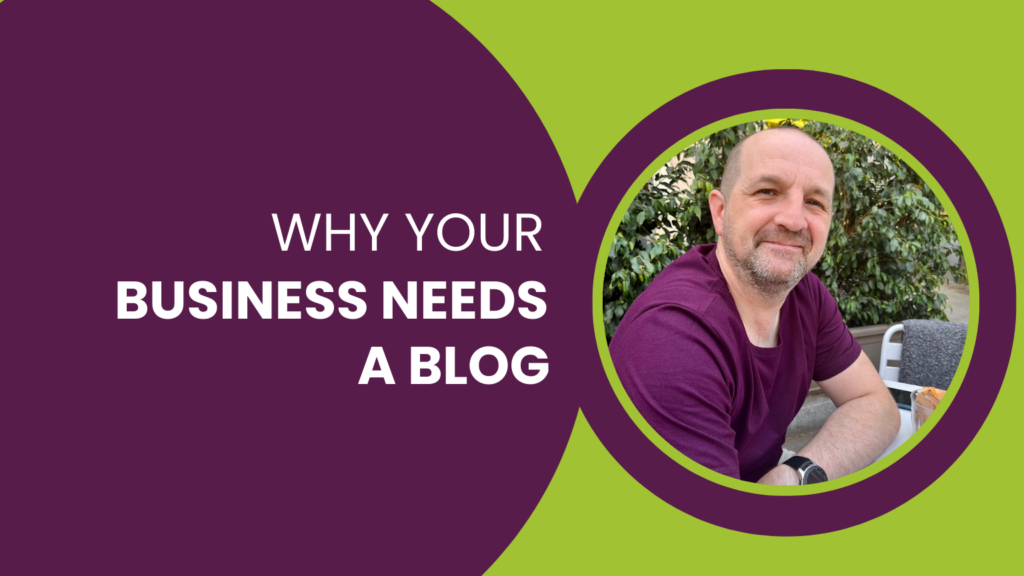Understanding how your customers behave, not just that clicks sometimes convert to sales and sometimes don’t, is critical knowledge in the battle to constantly increase the ROI from a paid advertising campaign. Google’s recent addition of Search Funnels to AdWords accounts attempts to do just that.
If you don’t already have conversion tracking implemented correctly, you’ll need to resolve that to make use of Search Funnels.
You can find Search Funnels for your account on the Reports tab on the Conversions page in the left navigation.
This is a pretty simple premise, but scratch the surface and there’s a rich seam of data. Here’s the low-down:
By default, you’ll be shown the last 30 days’ data, but you can change the date range as you might expect. If yours is a longer sales cycle, looking at the most recent data might skew your results and analysis, so factor that in.
Aside from the number of conversions, there are three interesting figures here; average ad impressions to a conversion, average ad clicks to conversion and most importantly, average days to conversion. This last one surprised us when we first got access to this data, which will vary depending on your product or service, the market competition, the cost/value and of course the keywords that you bid on and the overall performance of your campaigns.
Knowing that visitors typically click more than one ad also puts some context to the performance of specific keywords. We’re often asked, “why not bid only on those keywords that convert most effectively?” This data helps to demonstrate that conversion is often achieved through more than just one keyword and one click.
The conversion is only allocated to the last click – take away those search terms that position your offer through the search funnel and your offer loses some of its impact. Take away the frequency of your ad being seen for every relevant search and your CTR and conversion rates go down and the cost per conversion is more likely to rise rather than decrease as you might expect.
In short, if your ad appears consistently for each of four relevant searches, and your competitor only appears once or twice, it is more likely that you’ll get the click AND the conversion rather than your competitor. It’s the cumulation of seeing your ad multiple times that wins the game, not one search, one ad one click (wouldn’t that be so much simpler?).
The knowledge that customers take a number of days to convert also helps to build a strategy to address that conversion rate. In this example, an average 5-day funnel suggests that remarketing should influence the rate at which visitors return and also position your site more firmly in their memory when they make that decision to buy or enquire.
There really is enough science and psychology to write a book, but to summarise:
- Conversion tracking is required to use Search Funnels
- Analyse a date range that ends before your average days to conversion to avoid mis-diagnosis
- Investigate paths to understand what visitors search for before they convert
- Build this knowledge into your strategy using the other tools at your disposal such as remarketing and Content Network campaigns.
Speak with a SpecialistLearn AdWords with a Pro







